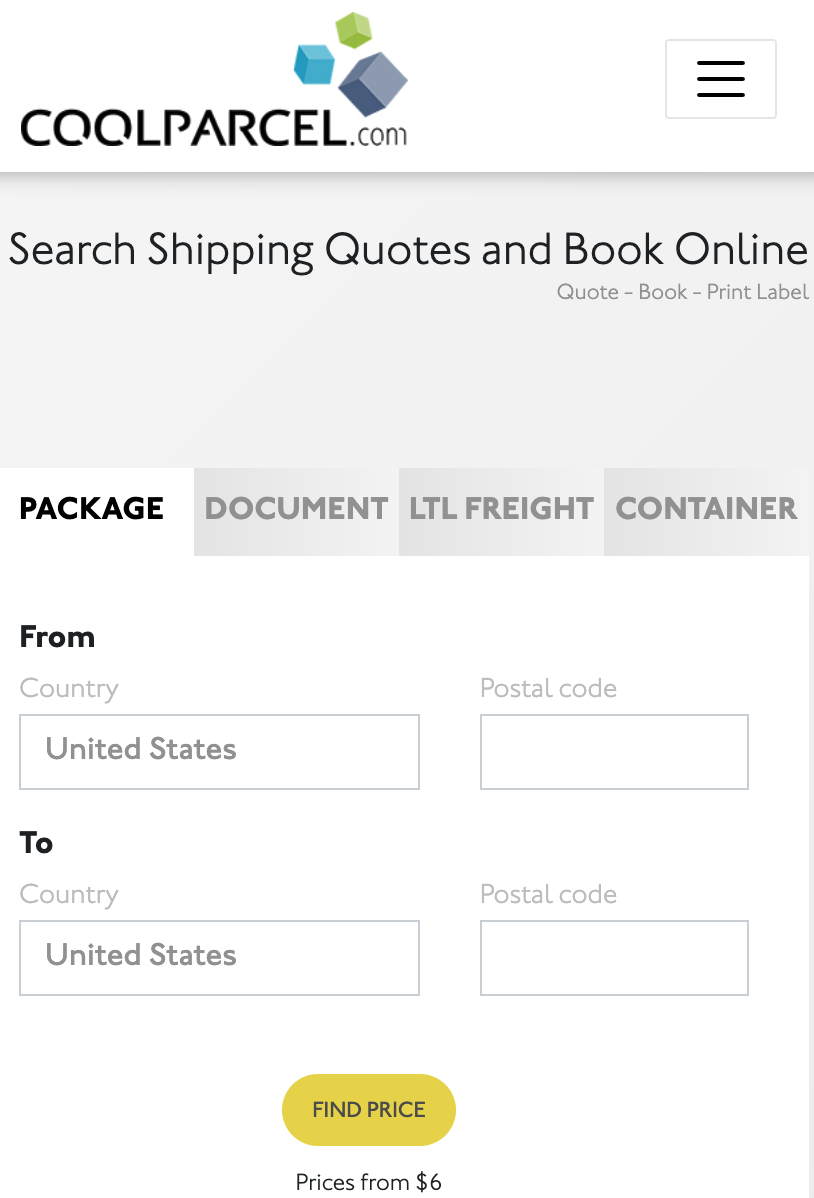UPS transfers packages to USPS for a few reasons:
1. Cost savings: USPS has a lower cost structure than UPS, especially for last-mile delivery. By transferring packages to USPS for final delivery, UPS can save money on delivery costs.
2. Delivery network: USPS has an extensive delivery network that covers every address in the United States. By leveraging USPS’s network, UPS can reach more customers in more locations.
3. Service level: USPS offers a range of delivery options, including Priority Mail and First-Class Mail, that may be more suitable for certain packages. By transferring packages to USPS, UPS can offer customers a wider range of delivery options.
4. Government contracts: UPS has contracts with the US government that require it to use USPS for certain types of deliveries. By transferring packages to USPS, UPS can fulfill these contracts and maintain its relationship with the government.
1. Why does UPS transfer packages to USPS?
UPS transfers packages to USPS for the last mile delivery. USPS has a larger network of post offices and mail carriers, which allows them to deliver packages to remote areas that UPS may not be able to reach. Additionally, USPS has a lower cost structure for delivering to residential addresses, making it more cost-effective for UPS to transfer packages to USPS for final delivery.
2. How does UPS transfer packages to USPS?
UPS transfers packages to USPS through a service called UPS SurePost. With this service, UPS delivers the package to the local USPS post office, and USPS takes over the delivery for the final leg of the journey. The package is then delivered to the recipient’s mailbox or doorstep by a USPS mail carrier.
3. What are the benefits of UPS transferring packages to USPS?
The benefits of UPS transferring packages to USPS include cost savings, increased delivery options, and expanded delivery coverage. By utilizing USPS for the last mile delivery, UPS can save money on delivery costs, especially for residential addresses. Additionally, USPS has a larger network of post offices and mail carriers, which allows them to deliver packages to remote areas that UPS may not be able to reach. This expands the delivery coverage for UPS customers and provides more delivery options for recipients.

